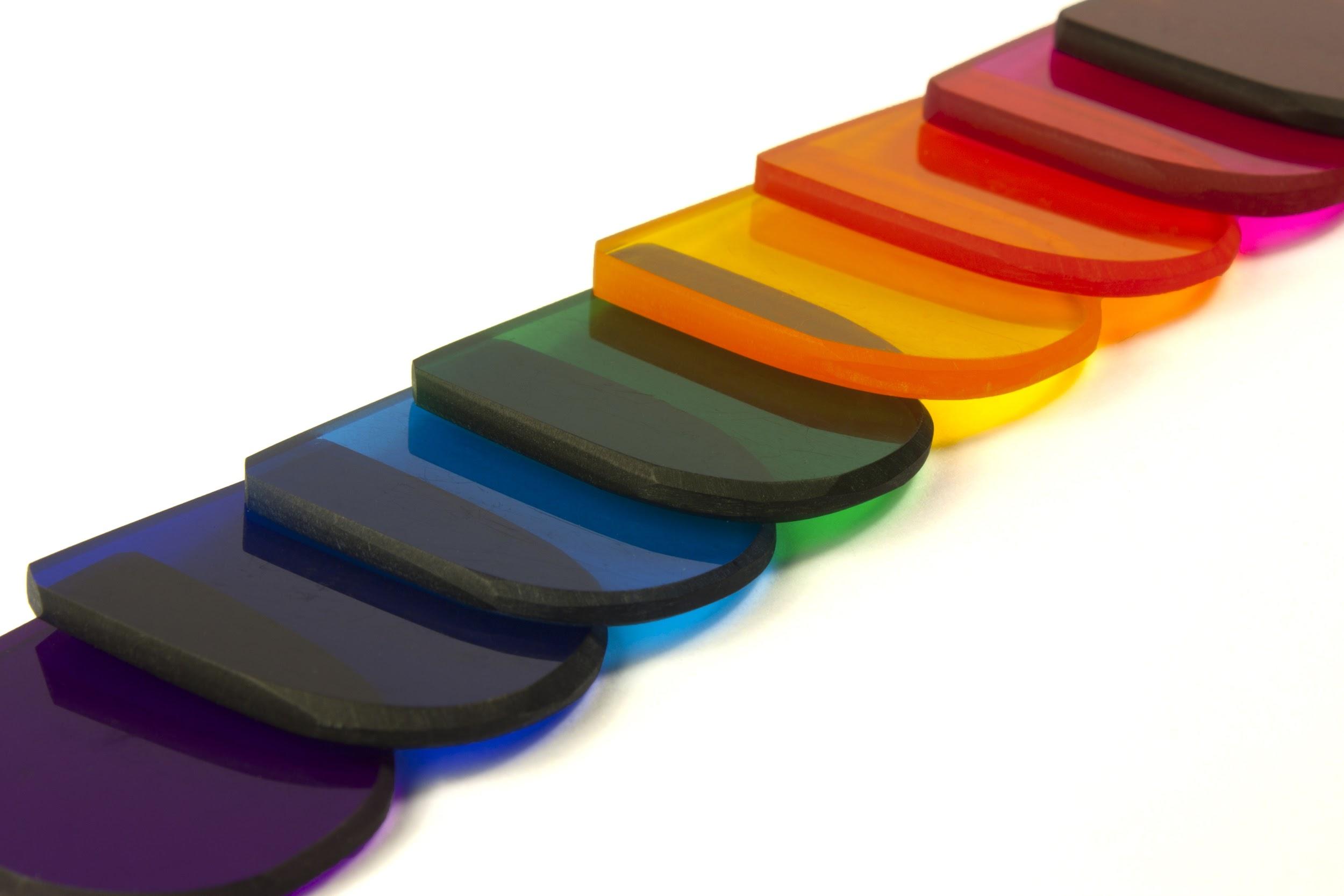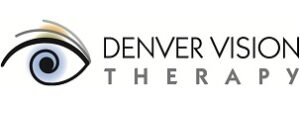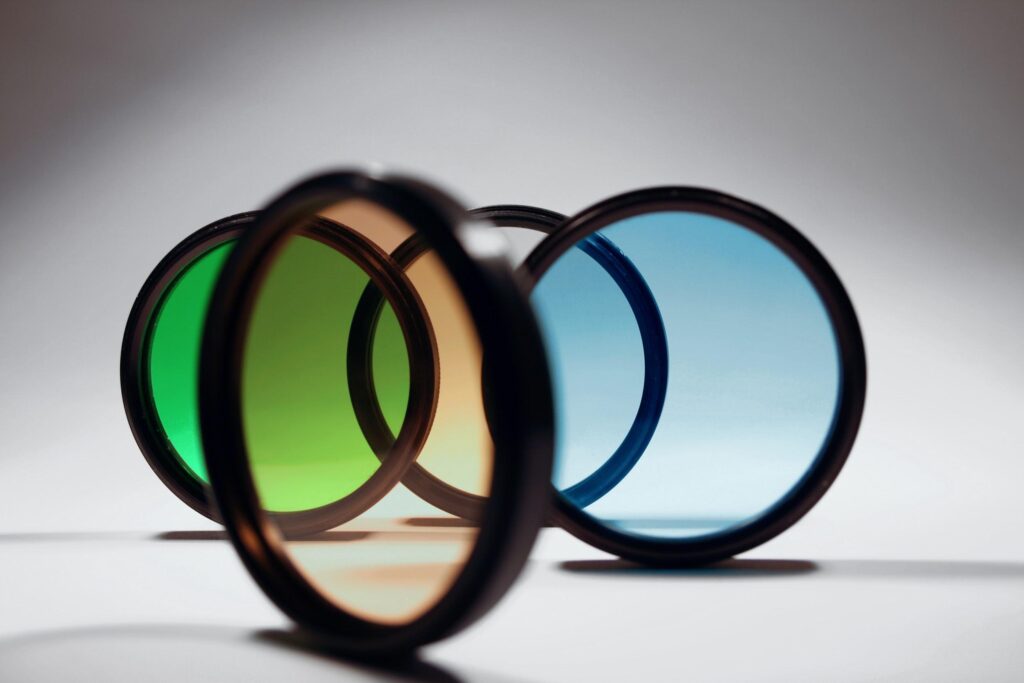Color Light Therapy (Syntonics)
Color light therapy, also called syntonics or photobiomodulation, uses specific wavelengths of light to treat vision problems. The treatment works through intervention in a pathway from the eyes to the center of the brain responsible for regulation and automatic control (the same pathway that sets our diurnal rhythms and regulates the production of hormones). Certain colors have a specific and predictable impact to help improve balance in the brain, which helps to restore balance and function in the visual system.

What to expect at the first Color Light Therapy (CLT) appointment?
After your initial Functional Visual Evaluation, the doctor will determine if you are a good candidate for CLT. This is based on the testing results from your exam including pupil assessment and the functional visual field. If you are a CLT candidate, you will schedule an initial CLT appointment where the doctor will test which specific colors will work best to achieve the desired results and develop the treatment protocol. At this appointment, you will do your first full session of CLT, which is up to 20 minutes. And yes, your only job during the CLT treatment is to stare at the light!
The rest of the treatment sessions are performed at home and the follow up appointments are every 4 weeks to assess progress. Most patients do 4-12 weeks of CLT therapy depending on their individual needs. Some patients with post-concussion issues may do CLT for even longer.
How does Color Light Therapy work?
CLT is typically the first treatment prior to a vision therapy program. CLT can help lay the foundation for visual improvement by expanding the peripheral visual field and the brain’s ability to accurately process information in the periphery. CLT can open the door for more efficient changes and progress to occur. Some patients must go through the vision therapy program in combination with the color light therapy to see the full extent of their potential visual improvements. Other patients may experience relief and improvement with CLT alone! Since each patient is different, regular progress evaluations with the doctor will determine the next step in your treatment plan.
CLT can be used to help reduce the fight or flight response (sympathetic nervous system activation), which can disrupt visual function by inhibiting the visual skills needed for reading and near work. CLT can also help build energy in the visual system and reduce fatigue and eyestrain. There are colors specifically designed to treat headaches and pain, and other colors that are good for eye alignment issues.

